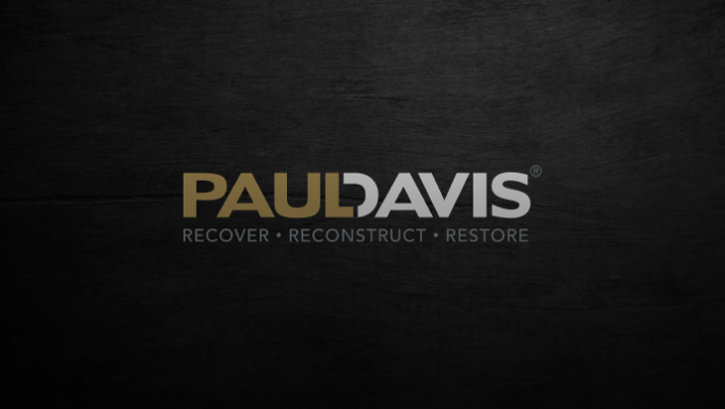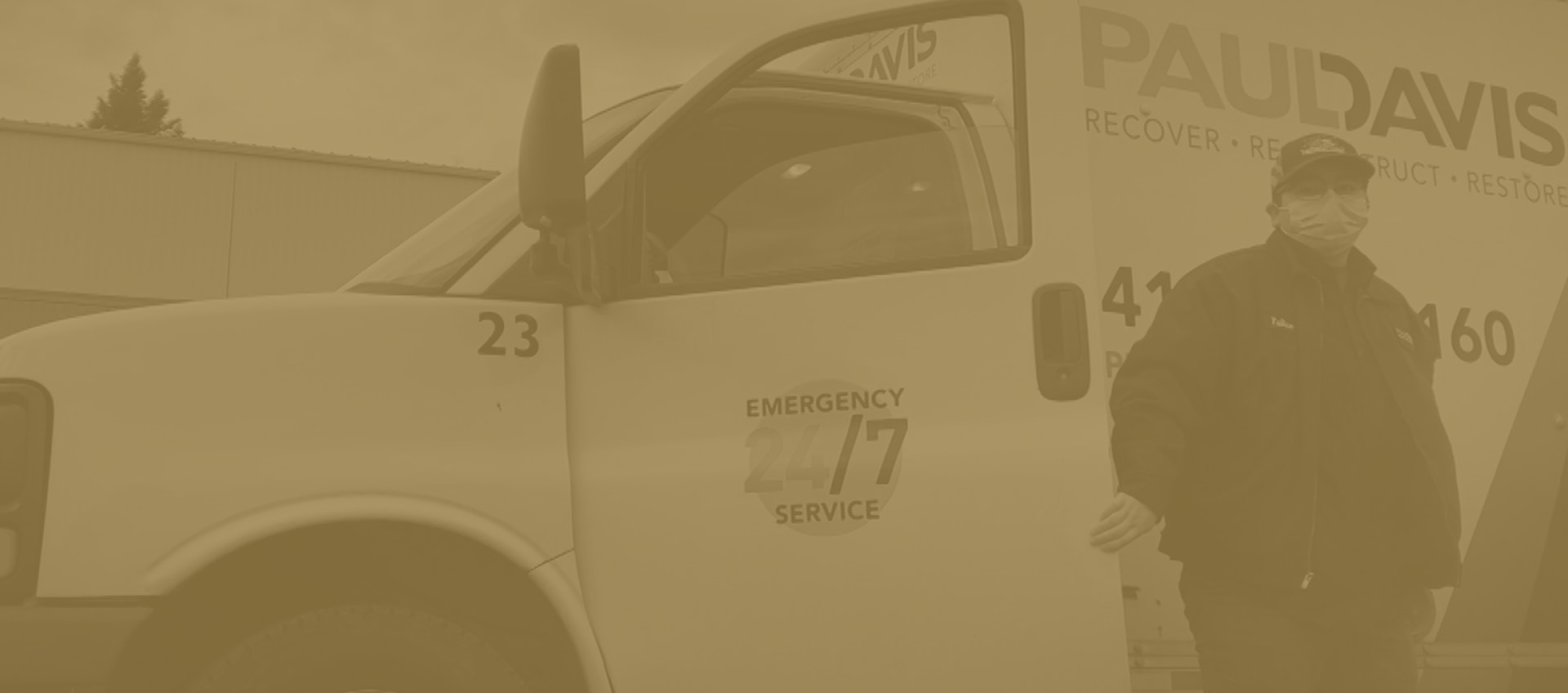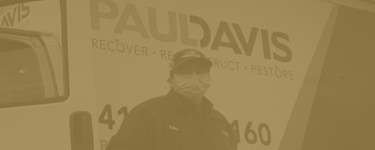In caves, forests and other environments, mold, mildew and fungus deteriorates dead organic material and deposits nutrients into the soil around it, but it can bring its share of serious health trouble if you allow it to live in your house. Fortunately, most types of mold are generally harmless, however a little splotch can spread throughout your home. When mold procreates, it frees particles into the air which can cause problems if breathed in by those with allergies or breathing issues. According to a few studies, there might be a correlation between an early exposure to mold and the development of asthma in some younger children.
For a majority of people, common mold isn’t harmful or even obvious. That said, it can have an effect on other folks who are allergy prone and who have lung problems. These allergies are common for many of the population and flair up at various times depending on the concentration of mold. If you have a mold allergy, you’ll probably have cold-like symptoms like sneezing or a runny nose when you’re around mold. More serious allergies may result in harsh reactions such as difficulty breathing. Mold can also trigger asthma attacks too. Other sensitive groups at risk include:
- Infants and kids
- Those 65 and up
- Immune sensitive individuals
- Anyone with chronic pulmonary disease
Mold in the House
Mildew and mold can build up over time in damp areas. Your home can get a mold infestation through doors left ajar, open windows, vents and air conditioning and heating systems. Mold doesn’t only enter a home through open doors and windows– it can also attach onto your clothes, knapsacks, animals and shoes and be moved your home.
Mold growth doesn’t only affect your family’s physical well-being– it can affect your possessions and the building itself. Mold typically grows in wet places, but it can be found in places you might not expect. These include:
- Paper products
- Ceiling tiles
- Cardboard
- Wood products
- Paints
- Insulation
- Drywall
- Upholstery
How to Stop Mold in the House
You can take preventative steps to ensure that mold doesn’t make its way into your home. Here’s some easy steps you can take:
- Install ventilation in bathrooms, laundry rooms and kitchen
- Monitor the humidity levels
- If it floods, clean and dry your home carefully
- Patch up leaky roofs, windows and pipes as soon as possible
- Talk to professional mold damage restoration specialists for affordable mold removal
Call Paul Davis Immediately for 24/7 Emergency Mold Damage Restoration Services
If you have mold present in your home that’s too much to take care of by yourself, call the mold removal experts at Paul Davis. Call Paul! 800-408-3290 for affordable mold removal.



